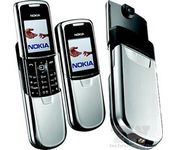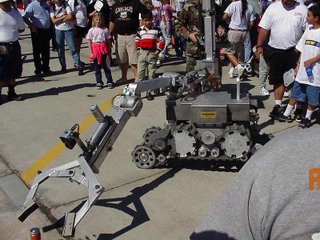
By SYLVIA HUI, Associated Press Writer Tue Jun 13, 1:42 PM ET
HONG KONG - The survival of the human race depends on its ability to find new homes elsewhere in the universe because there's an increasing risk that a disaster will destroy the Earth, world-renowned astrophysicist Stephen Hawking said Tuesday.
Humans could have a permanent base on the moon in 20 years and a colony on Mars in the next 40 years, the British scientist told a news conference.
"We won't find anywhere as nice as Earth unless we go to another star system," added Hawking, who arrived in Hong Kong to a rock star's welcome Monday. Tickets for his lecture planned for Wednesday were sold out.
He added that if humans can avoid killing themselves in the next 100 years, they should have space settlements that can continue without support from Earth.
"It is important for the human race to spread out into space for the survival of the species," Hawking said. "Life on Earth is at the ever-increasing risk of being wiped out by a disaster, such as sudden global warming, nuclear war, a genetically engineered virus or other dangers we have not yet thought of."
The 64-year-old scientist — author of the global best seller "A Brief History of Time" — is wheelchair-bound and communicates with the help of a computer because he suffers from a neurological disorder called amyotrophic lateral sclerosis, or ALS.
Hawking said he's teaming up with his daughter to write a children's book about the universe, aimed at the same age group as the Harry Potter books.
"It is a story for children, which explains the wonders of the universe," said his daughter, Lucy, a journalist and novelist. They didn't provide other details.
source







